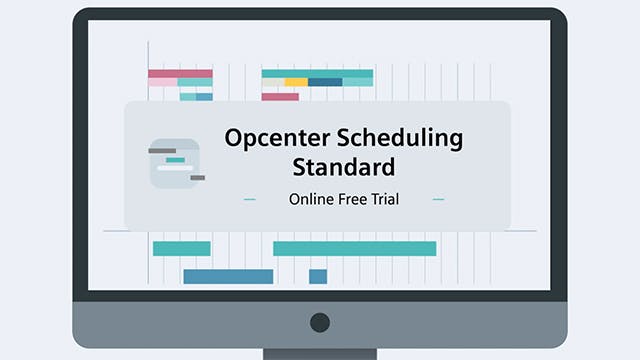DDMRP는 제조 공급망의 과잉 재고와 부족을 줄이기 위해 설계되었습니다. 수요 중심의 자재 소요량 계획의 전반적인 목적은 현대적이고 복잡한 공급망에 대한 기존 계획 접근 방식의 어려움과 단점을 극복하는 것을 목표로 합니다.
DDMRP는 예측에 덜 의존하기 때문에 기존의 자재 소요량 계획(MRP 1) 및 재고 생산(MTS) 계획과 다릅니다. 또한 MTO(Make-to-Order) 계획과 관련된 긴 리드 타임의 문제를 극복하는 데 도움이 됩니다. DDMRP는 공급망에서 전략적 재고 버퍼를 배치할 위치와 이러한 버퍼의 크기를 결정합니다.
수요 기반 자재 소요량 계획에 사용되는 재고 버퍼를 "디커플링 포인트"라고도 합니다. 이는 각 재고 버퍼가 누적되는 순차적 리드 타임을 분리하고 배송 시간을 허용할 수 없는 수준으로 연장하는 데 도움이 되기 때문입니다. 예를 들어, 중간 복잡한 구성 요소와 해당 구성 요소를 완제품에 통합하는 조립 단계 사이에 재고 버퍼가 생성되면 완제품의 배송 시간이 복잡한 구성 요소의 리드 타임에서 분리됩니다.
수요 중심의 자재 소요량 계획으로 제공되는 리드 타임 단축은 주문 제작 및 기타 풀형 작업의 중요한 단점 중 하나를 완화하는 데 도움이 됩니다. 판매 주문은 기존 MTO 작업을 트리거하기 때문에 생산 작업은 모두 주문 시간과 배송 시간 사이에 발생합니다. DDMRP는 일부 생산 작업을 주문이 접수되기 전의 기간으로 효과적으로 이동시킴으로써 배송 시간을 단축합니다.
수요 중심의 자재 소요량 계획은 MRP 1의 일부 측면을 활용하여 다른 생산 관행의 요소와 결합합니다. 특히, DDMRP는 린(Lean) 제조 풀 방식을 사용하여 각 작업에서 대기열을 제한하고 제조에서 식스 시그마의 변동성 감소에 중점을 둡니다.


